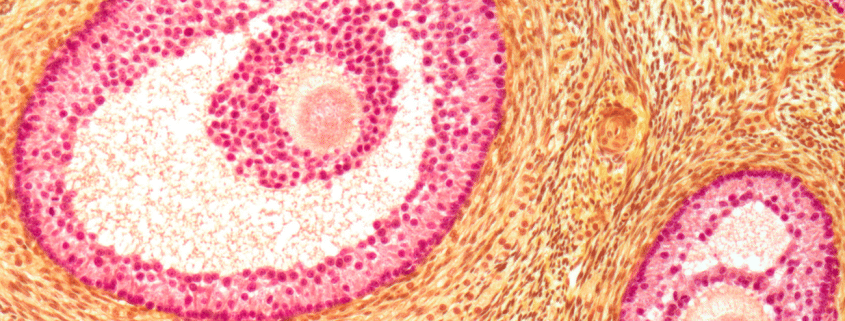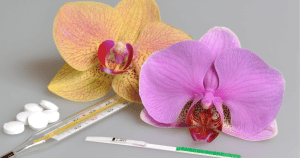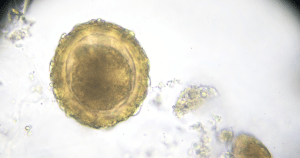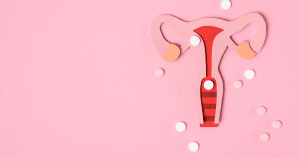How Long will an Ovulation Test Stay Positive?
Ovulation tests are an irreplaceable aid used in predicting when your fertile window, and ovulation, occur.
Perhaps you have been taking your ovulation tests regularly, and noticed that you received a positive test result at the beginning of the day, and a negative result at night!
Or maybe you have been receiving positive results for several days straight now.
Whatever the reason you are here, this article will answer the question, “How Long will an Ovulation Test Stay Positive?” for you, and more.
In this article:
- What is an Ovulation Test?
- How Do Ovulation Tests Work?
- But what is LH?
- Does An LH Surge Always Mean Ovulation?
- What Does a Positive Ovulation Test Mean?
- How Long After A Positive Ovulation Test Result Do You Ovulate?
- How Long Will An Ovulation Test Stay Positive?
- Can I Have Two Positive Ovulation Test Results in One Cycle?
- Biphasic Peaks
- Multiple Follicular Stimulations
What is an Ovulation Test?
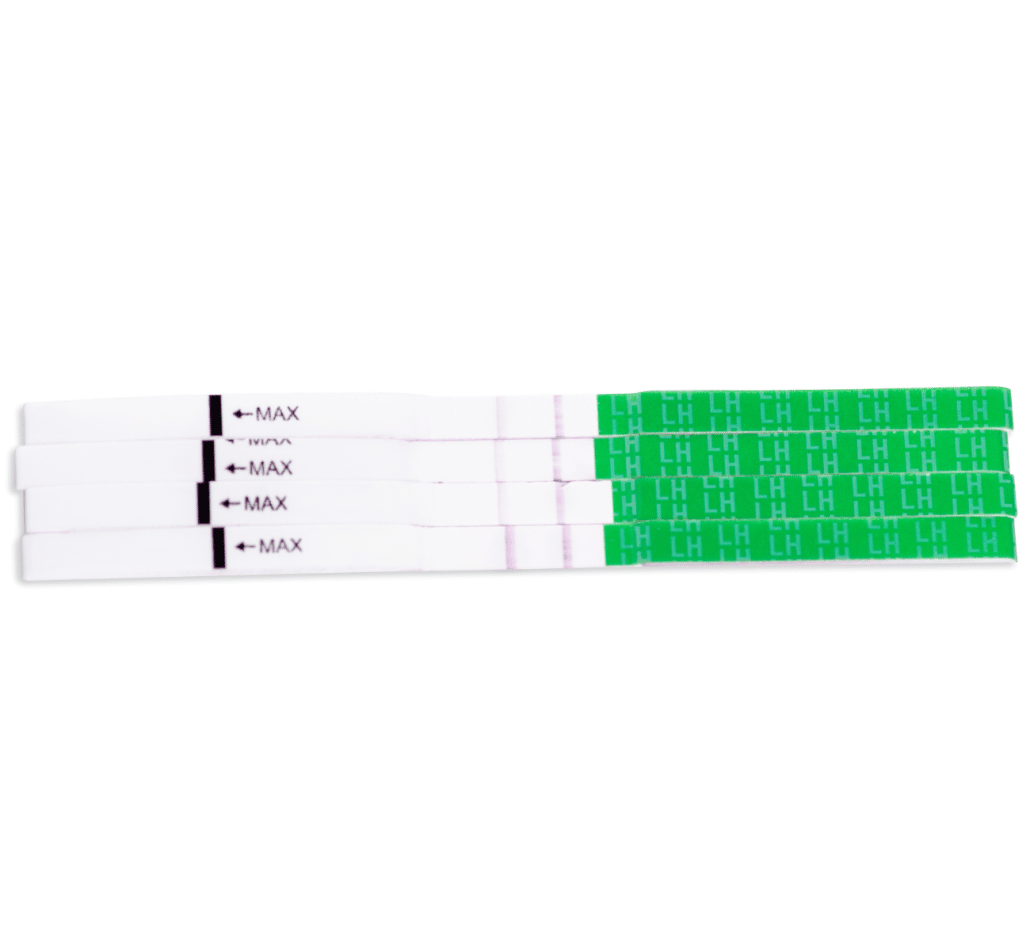
Ovulation test strips are also known as ovulation predictors, ovulation tests and ovulation sticks.
Ovulation tests are used to tell you, in advance, when you are likely to ovulate.
How Do Ovulation Tests Work?
Ovulation tests work by detecting surges in your luteinizing hormone (LH) levels through your urine.
But what is LH?
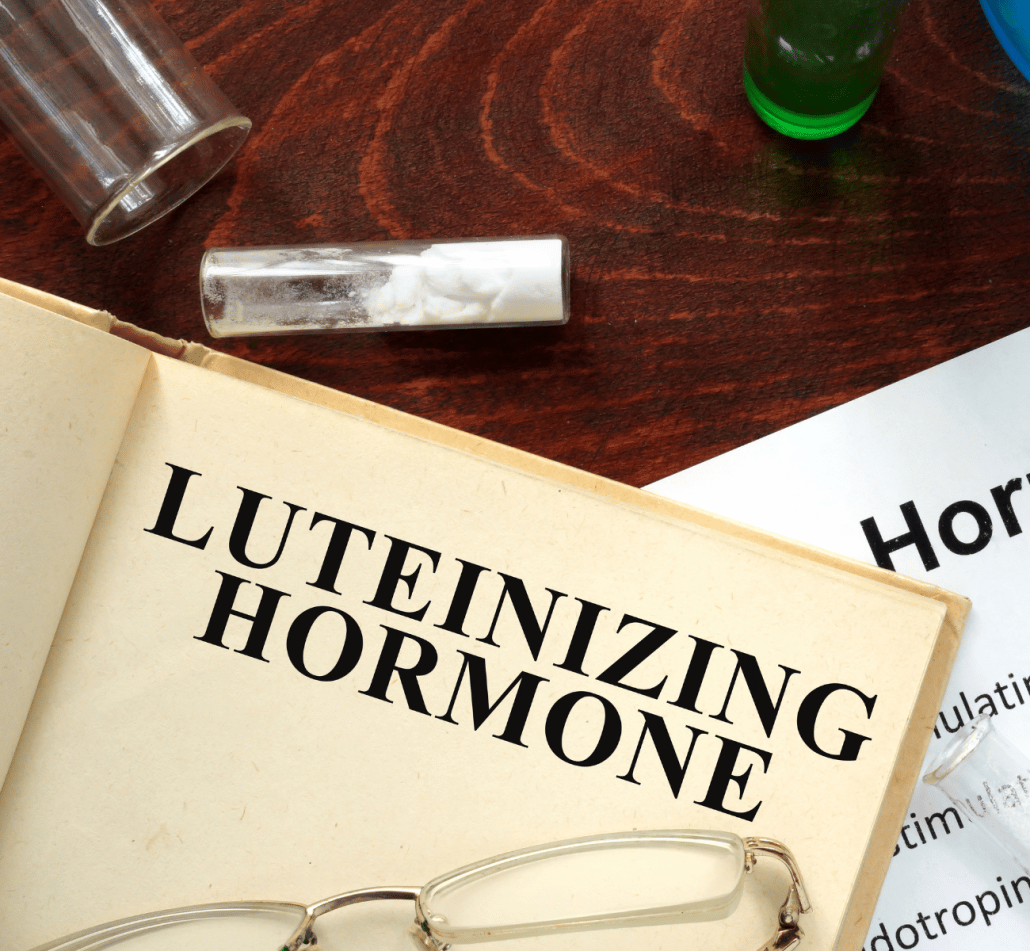
LH stands for luteinising hormone.
It is the luteinizing hormone that is responsible for triggering ovulation, and here is how:
On Day 1 of your menstrual cycle, your menstrual period begins.
Around mid-cycle- so day 14 for a typical 28-day cycle- is when ovulation begins.
Ovulation is the phase of your menstrual cycle in which a mature egg is released from the ovaries, into the fallopian tubes.
Prior to the egg’s release, it grows within a fluid-filled structure called a follicle. Many of these follicles develop each month, but only the strongest remains, whilst the others wither away.
This strongest follicle is called the dominant follicle.
Shortly before ovulation, a surge of the luteinising hormone causes the dominant follicle to rupture, releasing the egg into the fallopian tubes, where it travels towards the uterus, ready for fertilisation.
Does An LH Surge Always Mean Ovulation?
An LH surge usually precedes ovulation- however, there are some occasions where this is not the case.
Sometimes you can experience biphasic peaks (multiple peaks) in one cycle, so it is important that you are able to determine which LH surge is the correct surge preceding ovulation (i.e. the surge that causes the dominant follicle to rupture).
You can read more about how to determine ovulation using ovulation tests in our article: Can You Ovulate Twice in a Month?
What Does a Positive Ovulation Test Mean?
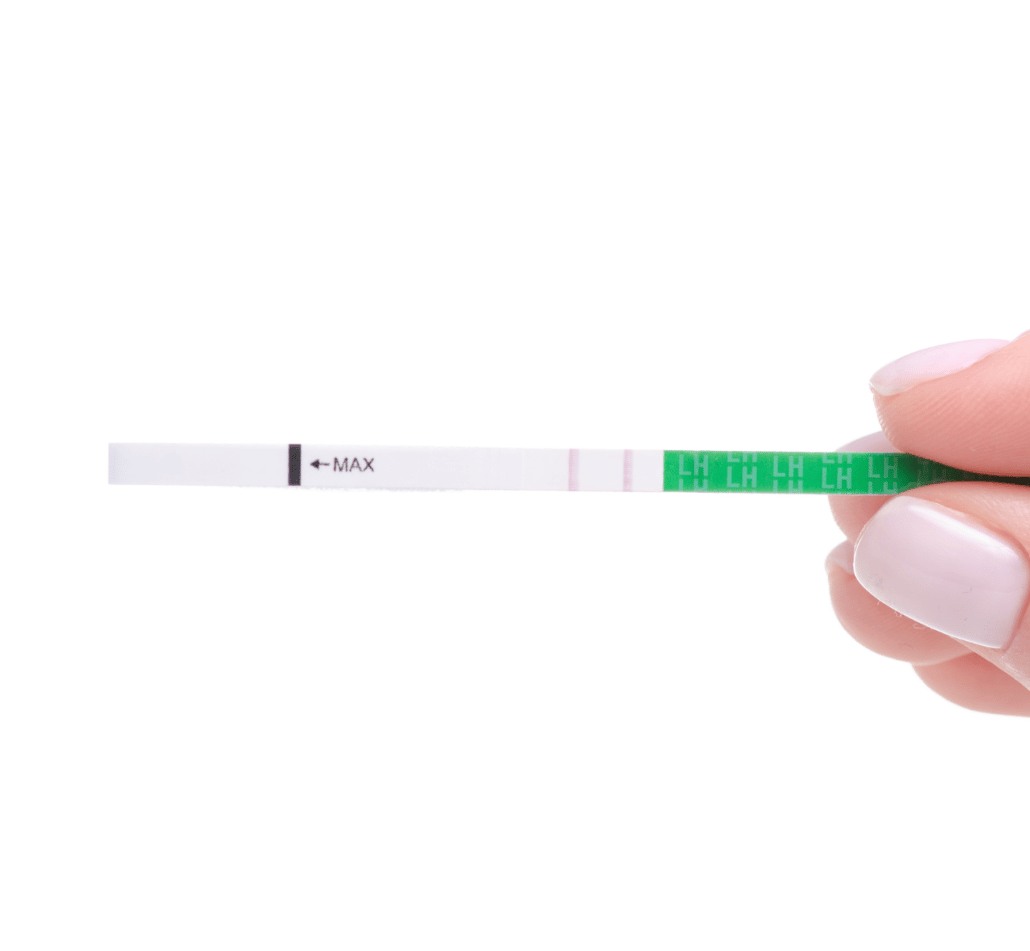
A positive ovulation test means that you are currently experiencing a surge in LH levels.
A surge in LH usually means that you will ovulate soon.
You can also determine whether you are ovulating by paying attention to potential ovulation symptoms.
Signs of ovulation include:
- Light spotting or brown discharge (called ovulation bleeding)
- Cervical changes (cervical position becomes higher and texture is softer)
- Egg white cervical mucus
- Breast tenderness
- Headaches
- Bloating
- Changes in libido (sex drive)
- Lower abdominal pain or cramping (also known as ovulation pain)
If you are interested in whether an ovulation test can detect pregnancy, we have an article on that: Can an Ovulation Test Detect Pregnancy?
How Long After A Positive Ovulation Test Result Do You Ovulate?
For the majority of women, they ovulate between 24 and 36 hours after their LH surge (positive ovulation test with dark test line).
How Long Will An Ovulation Test Stay Positive?

How long your ovulation test readings will remain positive depends on your LH levels.
Your LH levels must be over the threshold for a positive result, in order for your ovulation test results to remain positive.
Some women experience LH surges that last for less than a day, whilst others have ovulation surges that last up to 3 days.
Some women experience positive ovulation tests with dark positive LH test lines several days in a row.
This is called a plateau- where your luteinising hormone remains high for multiple days.
Once ovulation is complete, the LH levels then drop again to where they were prior to ovulation.
Can I Have Two Positive Ovulation Test Results in One Cycle?
Yes, you can!
You should note, however, that multiple positive ovulation tests do not mean that you have ovulated multiple times; it just means that you have had multiple LH surges.
Here the causes of multiple LH surges in one menstrual cycle…
Biphasic Peaks
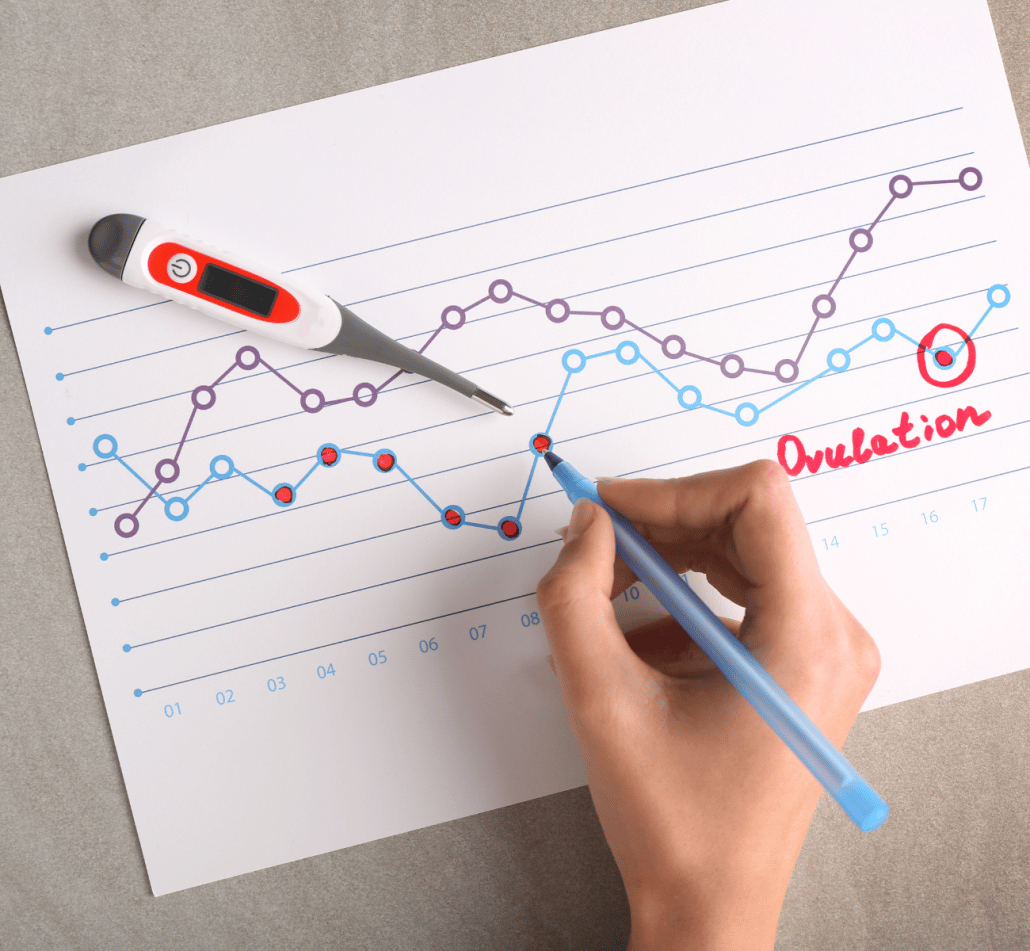
Sometimes you can experience biphasic peaks (multiple peaks) in one cycle. These are called biphasic peaks.
Biphasic LH peaks consist of multiple peaks and drops during the cycle.
If you are trying to conceive, it is important that you successfully identify the correct peak that correlates to your ovulation period.
You can identify this by continuing to test after your final predicted peak to ensure there are no more rises. It is after this final peak that ovulation happens.
Biphasic peaks can be caused by stress, hormonal changes or even prolonged illness.
You can read more about how to determine ovulation using ovulation tests in our article: Can You Ovulate Twice in a Month?
Multiple Follicular Stimulations
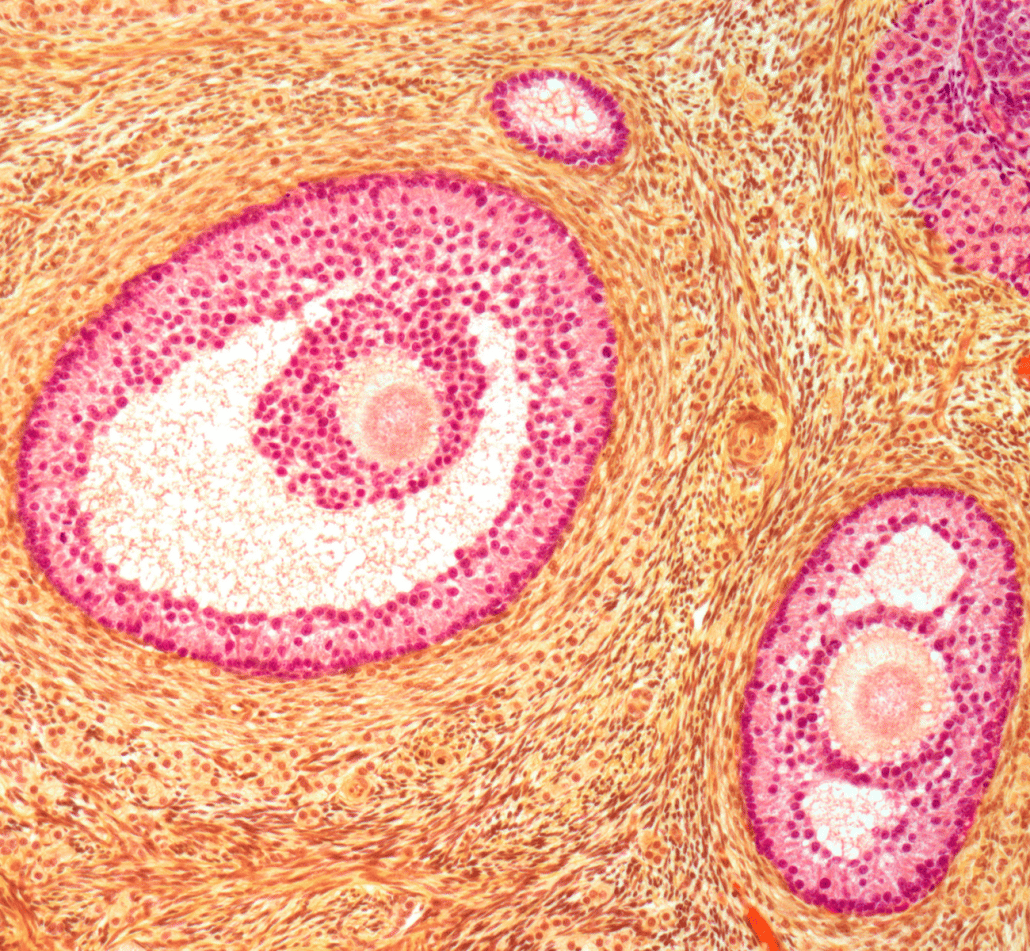
Multiple follicular stimulations can cause multiple eggs to be released in a single cycle- causing you effectively “ovulate twice” in one cycle.
But how does this happen?
We know that eggs are found within the ovaries.
As discussed above in the article, within the ovaries, are small, fluid-filled sacs called follicles.
At the beginning of every ovulation cycle, between 15 and 20 follicles grow. Eventually, all of the weaker follicles wither away, until just one follicle remains.
This is the strongest follicle- called the dominant follicle.
When ovulation occurs, this remaining follicle ruptures, releasing the egg.
You may be thinking, “but we have discussed this all already.. how does this explain Multiple Follicular Stimulations?”
Well, Multiple Follicular Stimulations happen when multiple follicles grow and mature within the ovary. This can be indicated by two peak fertility readings in one cycle.
These peak readings may be a week apart, or even three weeks apart.
These dominant follicles then rupture, causing the release of more than one egg per cycle.
My name is Louise and I am the Digital Marketing and Administrative Assistant at MyBump2Baby. I have been writing in the parenting niche for over 2 years specialising in fertility, pregnancy, baby and baby name support articles.



